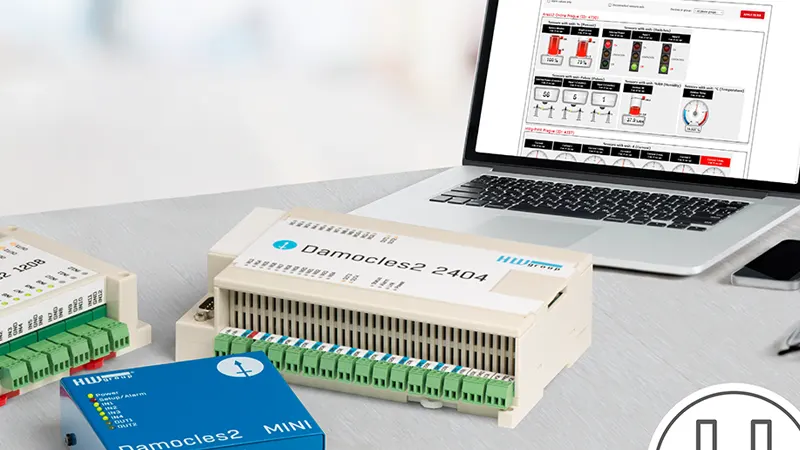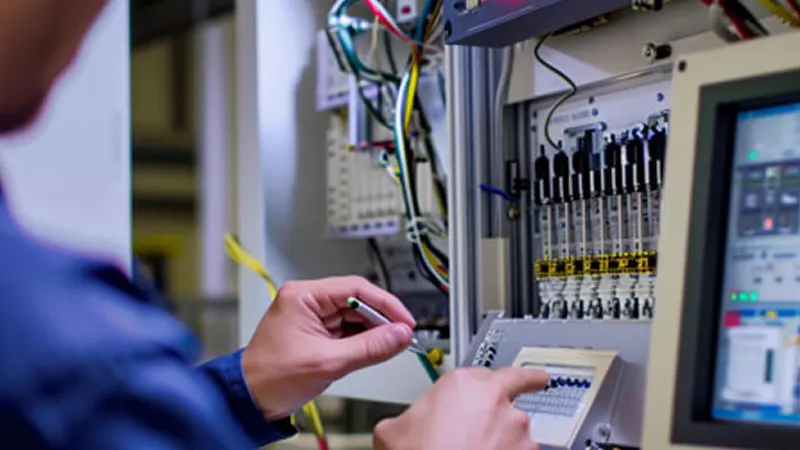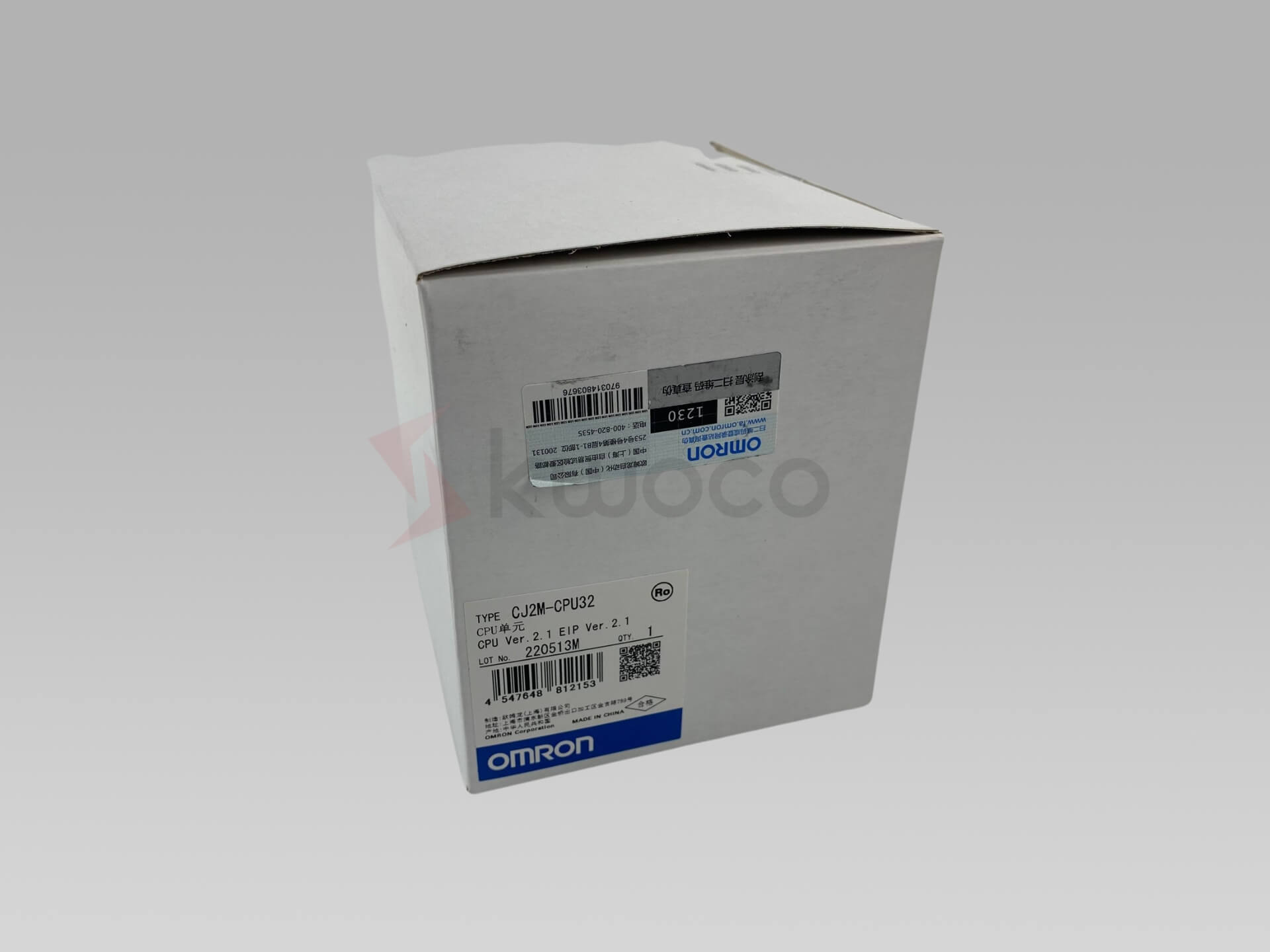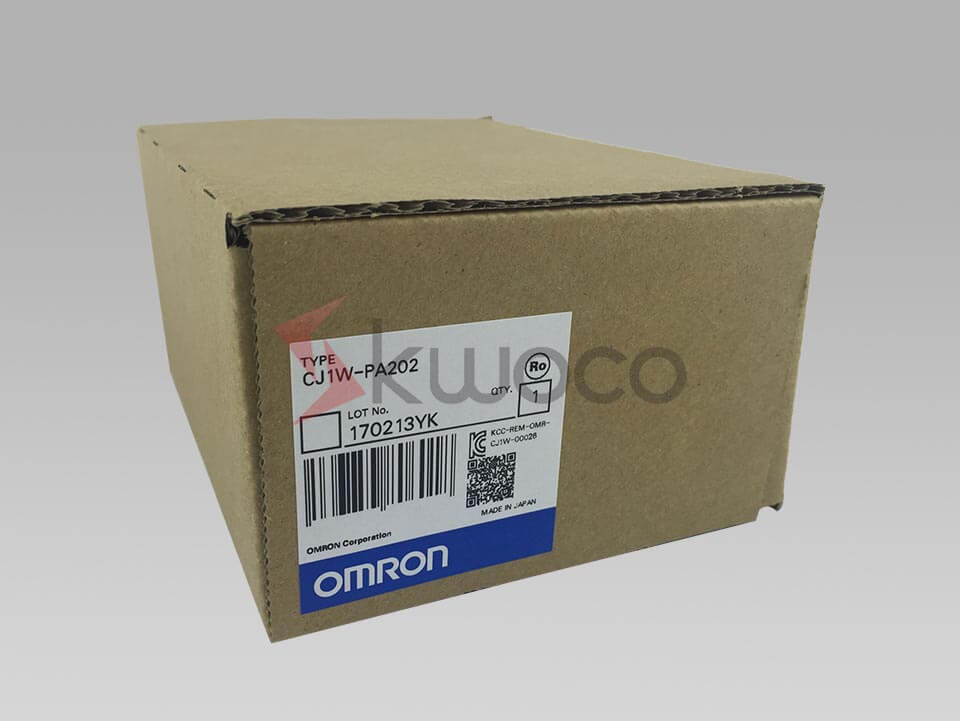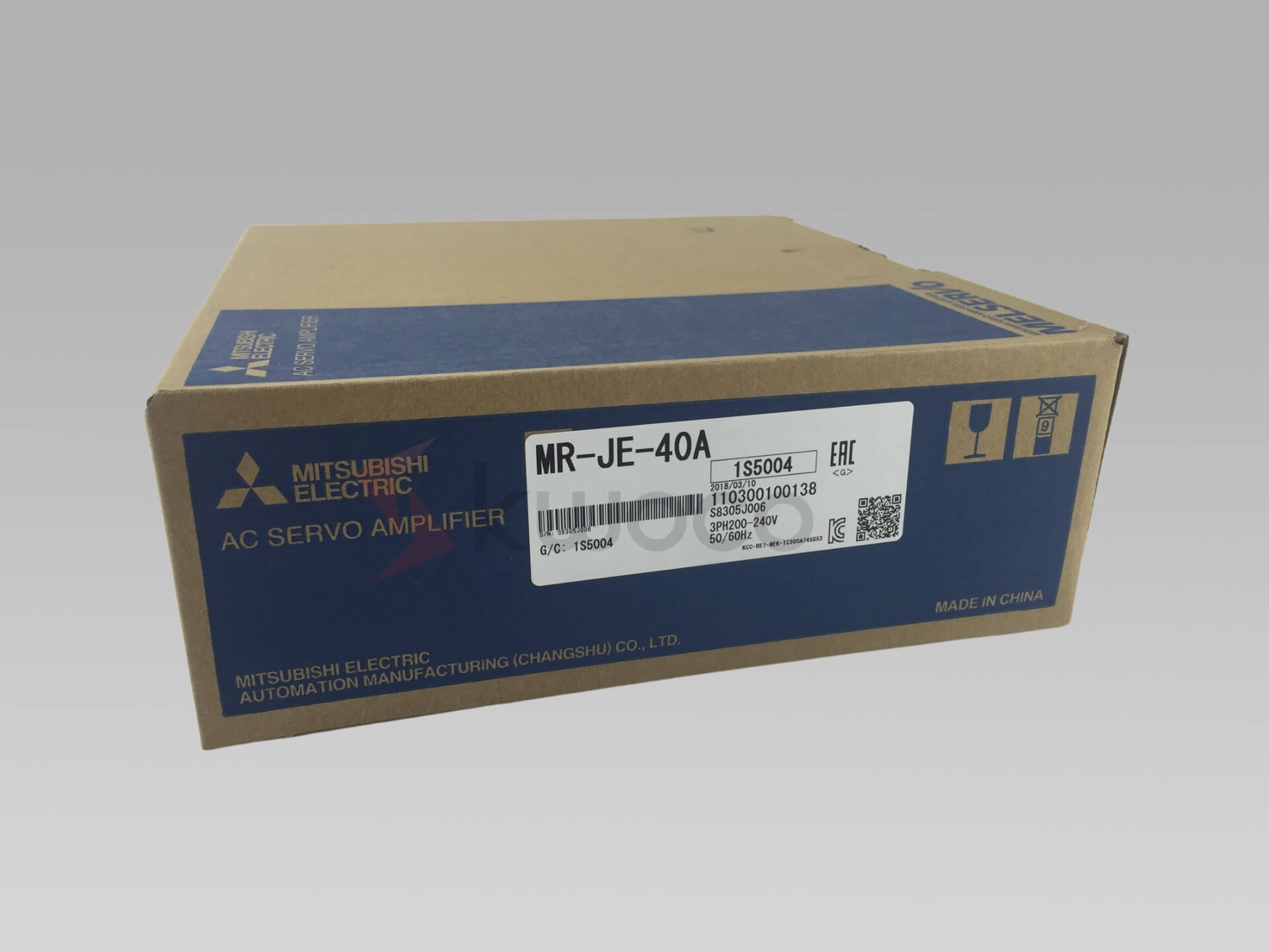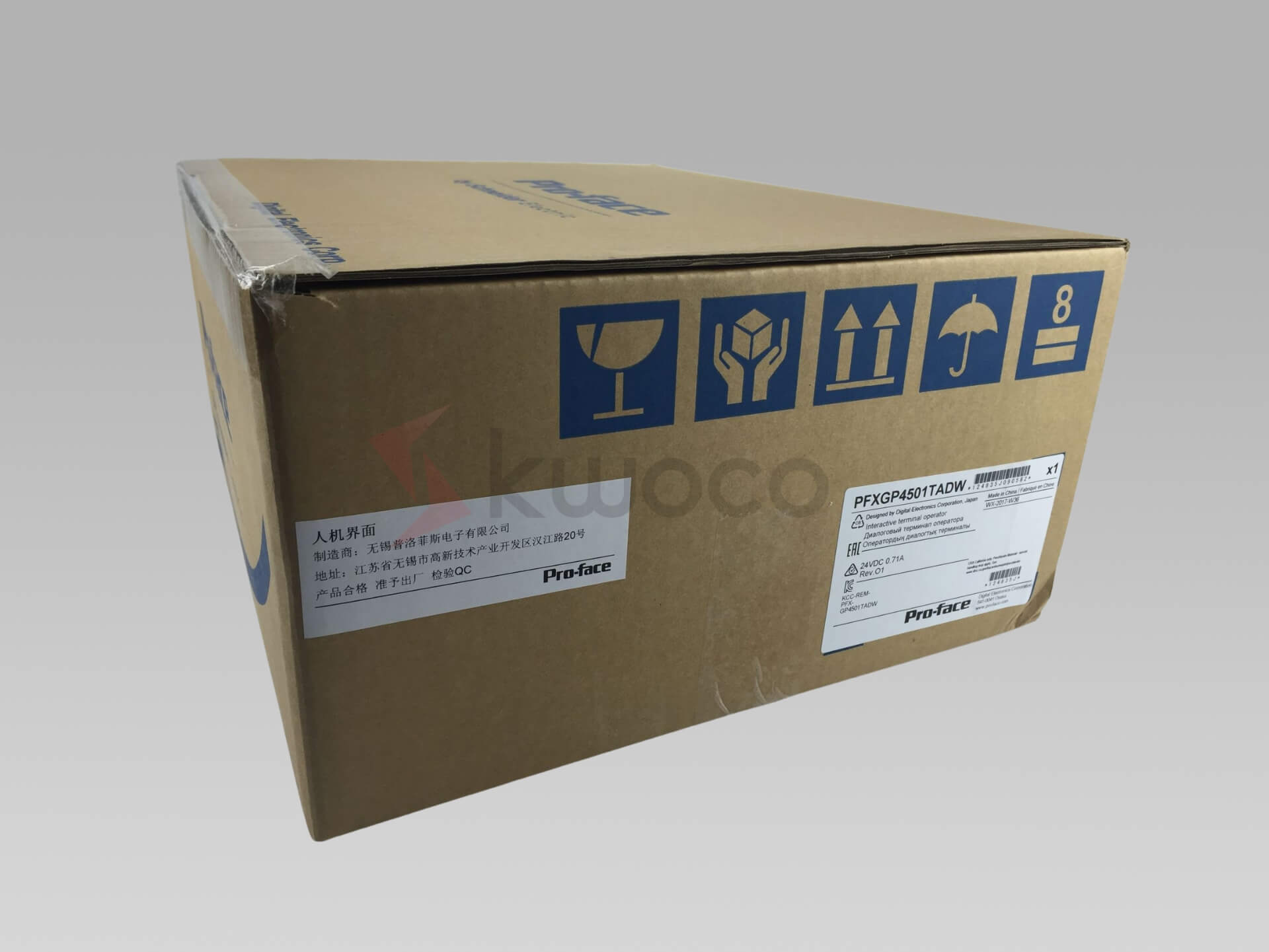Ethernet vs Modbus: Which One Powers Your Factory Best?
Ethernet has become the standard communication protocol for factory networks. Meanwhile, Modbus remains widely used in process automation and SCADA systems. Understanding their differences is crucial to making the right choice for your project.
Table of Contents
What Is Ethernet?
Ethernet is a networking protocol primarily used to build Local Area Networks (LANs) and Wide Area Networks (WANs). It was standardized by the IEEE as 802.3 in 1983 and has since become one of the most widely adopted communication technologies worldwide.
Key Features and Functions of Ethernet
- High Transmission Speed: Ethernet supports speeds from 10 Mbps to 1 Gbps, with modern versions reaching up to 10 Gbps (10GbE), making it ideal for high-data-demand environments like data centers and cloud computing.
- Open Standard: Ethernet integrates seamlessly with TCP/IP protocols, making it an excellent choice for connecting IT and industrial automation systems.
- Support for Various Topologies: Ethernet allows star, ring, and bus configurations, making it flexible for different network environments and devices.
- Easy Deployment and Expansion: Ethernet uses common cables like Cat5e, Cat6, and fiber optics, simplifying installation and reducing costs. It also supports wireless connections for easier network expansion.
Thanks to these features, Ethernet has become essential in both industrial and commercial networks, particularly in data-intensive environments.
Why Is Ethernet Popular in Industrial Settings?
Industrial Ethernet, such as EtherNet/IP, extends traditional Ethernet with real-time data transmission and synchronization capabilities. This is crucial for applications requiring precise control and monitoring, such as motion control and process synchronization.
EtherNet/IP leverages Common Industrial Protocol (CIP) to ensure seamless communication across devices from different vendors, reducing integration costs and complexity. Additionally, Ethernet’s high bandwidth and flexibility make it suitable for Industrial IoT (IIoT) applications, supporting both real-time data monitoring and smooth integration with IT systems.
With advancements such as Time-Sensitive Networking (TSN), Ethernet can now deliver low-latency and deterministic communication, ensuring system stability and reliability for critical operations. As a result, industrial Ethernet plays a key role in modernizing factories for higher efficiency and smarter operations.
What Is Modbus?
Modbus is a messaging protocol developed by Modicon in 1979 to facilitate communication between Programmable Logic Controllers (PLCs) and other devices. Known for its simplicity and compatibility, Modbus remains a go-to protocol for industrial automation.
Key Advantages of Modbus
- Supports Multiple Communication Media: Modbus can transmit data over RS-232, RS-485, and Ethernet, making it versatile for various applications.
- Simple and Easy to Use: Its master-slave communication model ensures straightforward deployment, making it ideal for small-scale control systems.
- Open Protocol: As an open standard, Modbus allows devices from different manufacturers to communicate seamlessly, expanding equipment options and reducing system integration costs.
Due to its reliability, Modbus remains a standard in SCADA systems for process automation and monitoring. Its open nature makes it widely accepted and easily integrated into modern Ethernet infrastructures via Modbus TCP/IP.
Common Use Cases for Modbus
Modbus is frequently used in SCADA systems for monitoring and collecting data in industrial processes. It provides a common language for devices to communicate essential information, such as temperature and humidity measurements, back to a central controller.
Its versatility makes Modbus suitable not only for industrial automation but also for remote monitoring, diagnostics, energy management, and transportation systems.
Ethernet vs. Modbus: Which Should You Choose?
Data Transmission Needs and Real-Time Performance
Choose Ethernet if your system requires high-speed data transfer and real-time control, such as in multi-axis motion control systems.System Complexity and Number of Devices
For simple networks with fewer devices, Modbus offers an affordable and easy-to-deploy solution.Compatibility and Integration
If you need interoperability with multiple vendor devices and seamless integration with IT systems, Ethernet (especially EtherNet/IP) is the better choice.Environment and Transmission Distance
Ethernet works well in stable, wired environments. However, Modbus RTU over RS-485 is better for long distances and harsh conditions, such as environments with electromagnetic interference.Cost and Scalability
Ethernet is ideal for large-scale, expandable systems, though it has higher initial costs. In contrast, Modbus offers a low-cost option for smaller or legacy systems.
Frequently Asked Questions about Modbus and Ethernet
1. Is Ethernet faster than Modbus?
Yes, Ethernet offers much higher transmission speeds, supporting up to 1 Gbps or more, while Modbus RTU typically operates between 9600 and 115200 bps. Ethernet is more suitable for applications requiring high data throughput and real-time responses.
2. What is the difference between Modbus serial and Ethernet?
Modbus serial (e.g., RS-232, RS-485) uses serial communication for short-distance connections and lower data rates. Ethernet supports higher speeds and longer distances through TCP/IP networks, making it better for remote monitoring and complex networks.
3. Can Ethernet cables be used for Modbus?
Yes, Modbus TCP/IP runs over Ethernet networks, allowing Ethernet cables to connect Modbus-compatible devices. This combination leverages Modbus’s simplicity with Ethernet’s speed and flexibility, ideal for industrial automation systems requiring remote monitoring.
4. What is the difference between Ethernet and Profibus?
Ethernet is an open standard used across IT and industrial environments, supporting high-speed data transfer and real-time control. Profibus, on the other hand, is a specialized fieldbus focused on process automation. While Profibus offers better determinism, Ethernet is more flexible and easier to integrate with modern IT and IIoT systems.
Power your projects with brand-new, original Omron, Mitsubishi, Schneider PLC – in stock, ready now!
Conclusion
In summary, if your application requires high-speed and real-time data transmission, Ethernet (especially EtherNet/IP) is your best option. For simpler sensor networks and control systems, Modbus remains a reliable and cost-effective solution.
No matter which protocol you choose, it’s essential to ensure your supplier provides new, original equipment with fast delivery. At Kwoco, we understand that timely delivery and product quality are key to building customer trust. Got questions? Feel free to reach out to me at [email protected].
Contact Us
Just fill out your name, email address, and a brief description of your inquiry in this form. We will contact you within 24 hours.
You May Also Find These Topics Interesting

Top 6 HMI Manufacturers in Industrial Automation
Top 6 HMI Manufacturers in Industrial Automation As an engineer at Kwoco with years of experience in the industrial automation
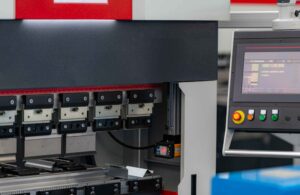
A Buying Guide for Mitsubishi PLCs
Are you feeling confused about choosing the right Mitsubishi PLC for your project? It’s normal to feel overwhelmed when faced with numerous models and specifications.

Cooperation Cases Between Kwoco and Equipment Manufacturers
Cooperation Cases Between Kwoco and Equipment Manufacturers KWOCO has become the preferred supplier for an increasing number of equipment manufacturers.

